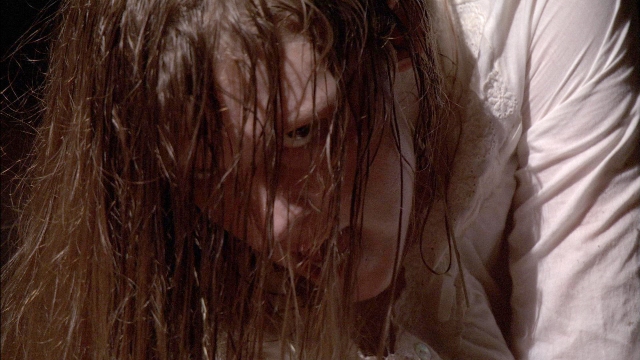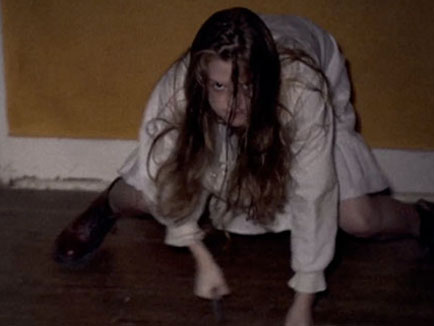In 1973 William Friedkin’s “The Exorcist” gave audiences and organized religion as a whole a major jolt with a horror film about a young girl believed to be possessed by a demon and a man of doubting faith who was tasked with ridding her of the evil spirit. To say the film broke boundaries is an understatement. Since then, horror films have strived to achieve what this film accomplished very well: instilling absolute terror, the possibility of true evil and even leaving some to question their beliefs. “The Last Exorcism” is one film that stands above the rest in attempting to achieve the same goals. Using the (at this point) overused mockumentary film style with a single camera, the film follows a reverend that has performed hundreds of exorcisms and is setting out to debunk the notion of demonic spirits altogether having realized that he does not believe in god; as he sets out on one final “exorcism,” the small film crew captures everything about the man and the mystery behind it all.
For a horror film, the first quarter is interesting, light-hearted and at times humorous. Reverend Cotton comes off as a cocky, over-confident man who was born into a religious family and followed in their footsteps at a very early age without the ability to question the faith he was blindly following. As he grew older he began performing exorcisms that put his faith in question. While coming to disbelieving in it himself, he states that he still has a family and has bills to pay so he has continued to perform exorcisms, giving “victims” exactly what they want so they may be at peace – an exorcism. With the news of a child being suffocated while priests were performing an exorcism, Reverend Cotton was changed and decided to set out on a journey to bring down the ritual of exorcism and blow the lid off what he believes to be a hoax and save the lives of other people who could potentially die due to priests taking things too far. With an arsenal of special effects and special tools he developed throughout the years, Cotton shows the camera crew what he does to make “demonic possession” as real to the victims as possible while he performs his services. He sets out for one final exorcism to show the world first-hand that exorcisms are faked and that they capitalize on the strong faith of certain peoples.
Once at the Sweetzer farm where Nell (the believed-to-be possessed) resides with her father, Louis, and brother, Caleb, things start to get creepy. One of the coolest aspects of the film is the one-camera cinematography that the creators pull off fairly well with only a couple slip-ups. For a film with a smaller budget than most, the tension and fear is genuine and executed very well. Any fan of horror and especially ambient sounds will like the atmosphere created in this film; in fact, in the later parts of the film a lot of the tension pulls from sounds reminiscent of those from Silent Hill’s first couple games, which were phenomenal at atmospheric horror. Since William Friedkin’s “The Exorcist,” no film has captured the idea of exorcism as well as this and while this film breaks no boundaries, it does bring back some of the true horror from the early ‘70’s films and brings it to the new age with little-to-no unneeded gore and proves that you do not need buckets of flesh and blood to create a decent horror flick.
Final Opinion
While the ending leaves some people in question, the majority of the film is enjoyable and definitely leaves an impact. Give this film a chance if you have yet to see it and share your thoughts. This is an experience that is refreshing given this era’s lack of intelligent horror and oversaturation of gore.






